NASA's new planet hunter explores universe, searches for 'signatures of life'
TESS, a new NASA program, will scan the universe to find exoplanets.
A new NASA program years in the making will attempt to do what no spacecraft has ever done before -- scan the universe to find thousands of planets orbiting stars outside our solar system.
But the question on everyone's mind yet to be answered: Is there life on any of those planets?
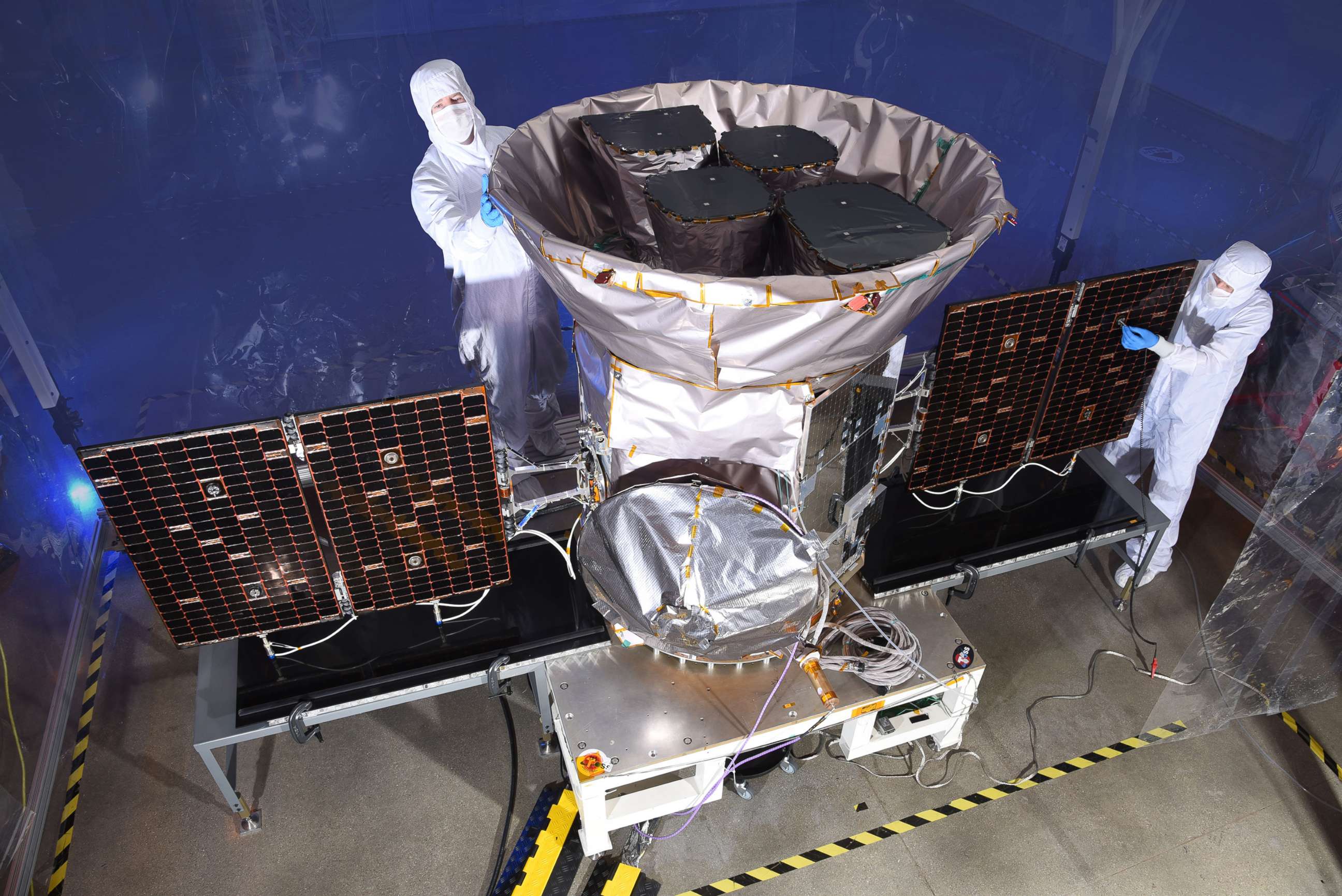
The agency's new planet hunter -- named TESS, or the Transiting Exoplanet Survey Satellite -- is one of its most important missions, says astrophysicist Hakeem Oluseyi.
“TESS will discover planets around the nearest brightest stars seen from Earth,” he said.
Not too long along, there were nine planets in the solar system. But then scientists scratched Pluto off the list -- to the dismay of many planet lovers who still wonder what happened to the ninth planet.
Well, Pluto is still a planet, but now it is now considered a dwarf planet.
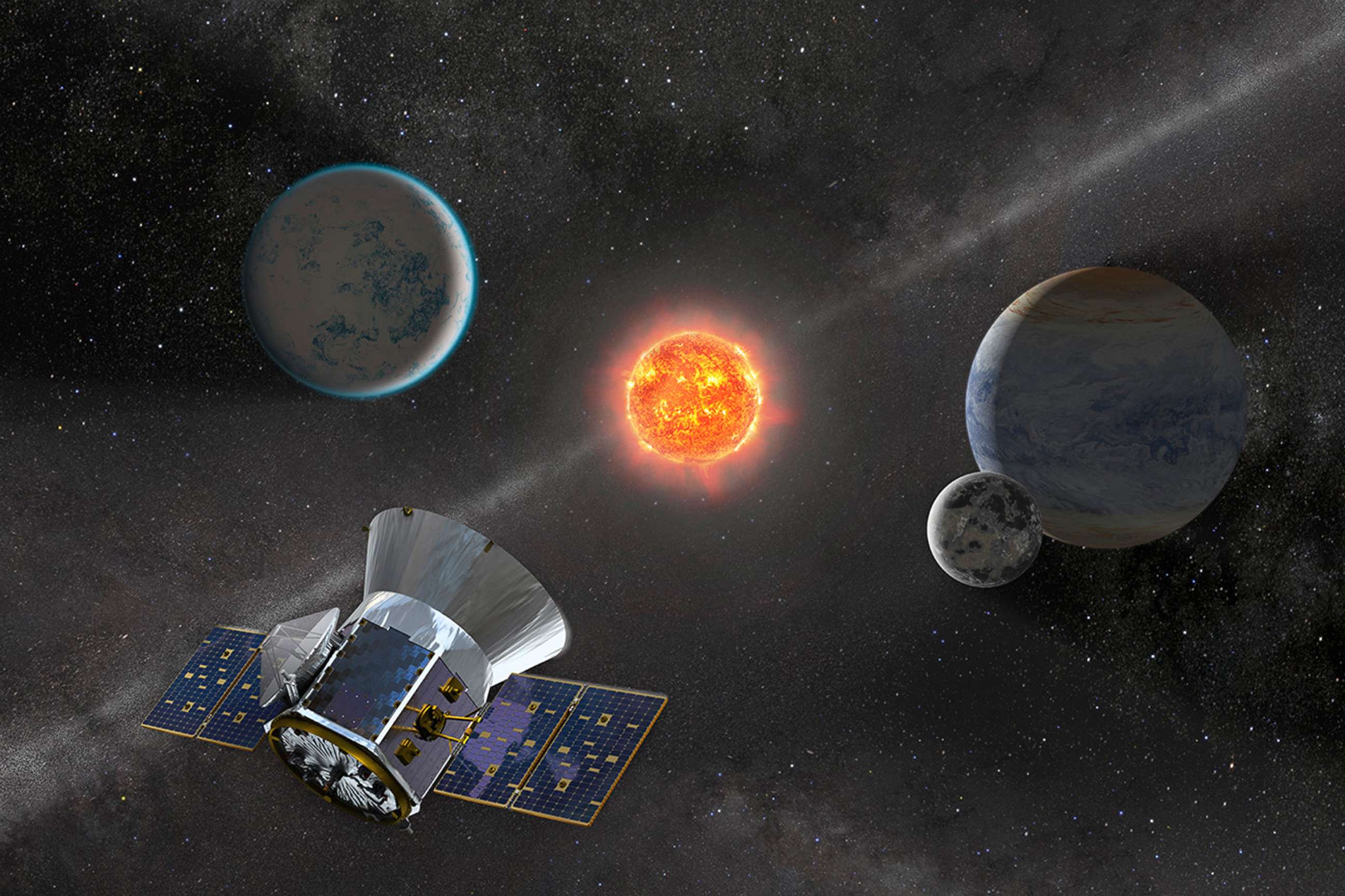
Beyond the planets in the Kuiper belt, though, scientists hope TESS will find more planets. NASA astronomers have already discovered thousands of exoplanets.
But TESS -- the first-ever spaceborne, all-sky transit survey -- will identify a wide range of planets, from Earth-sized to gas giants.
Oluseyi said TESS has that capability because of the physics of shadows and light.
“Light passing through the planets' atmospheres, or bouncing off their atmospheres, will provide details of the planets' chemistry and search for signatures of life,” he said.
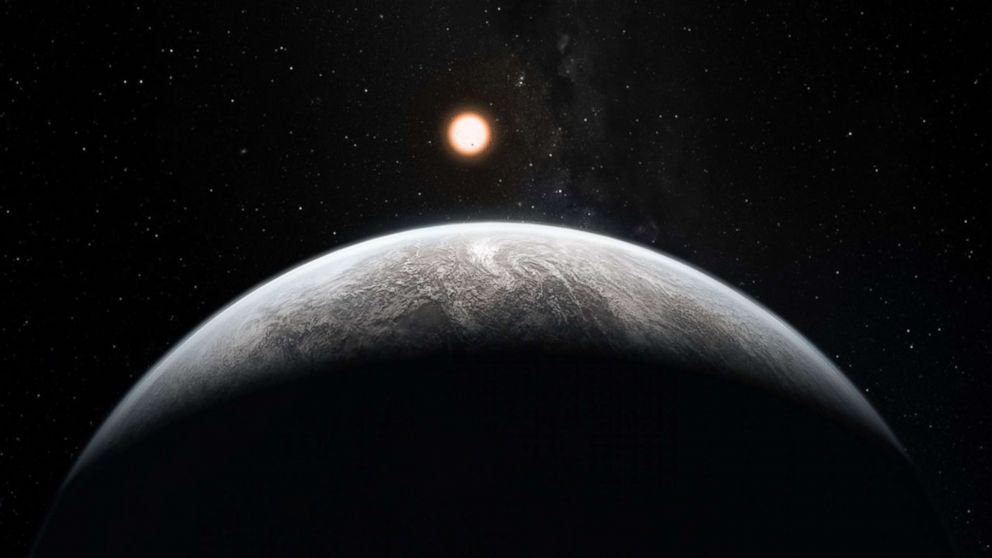
So when a planet passes in front of its host star, the light will dim, Oluseyi said, and that’s what TESS will be looking for -- those dimming lights that astronomers call dips transits.
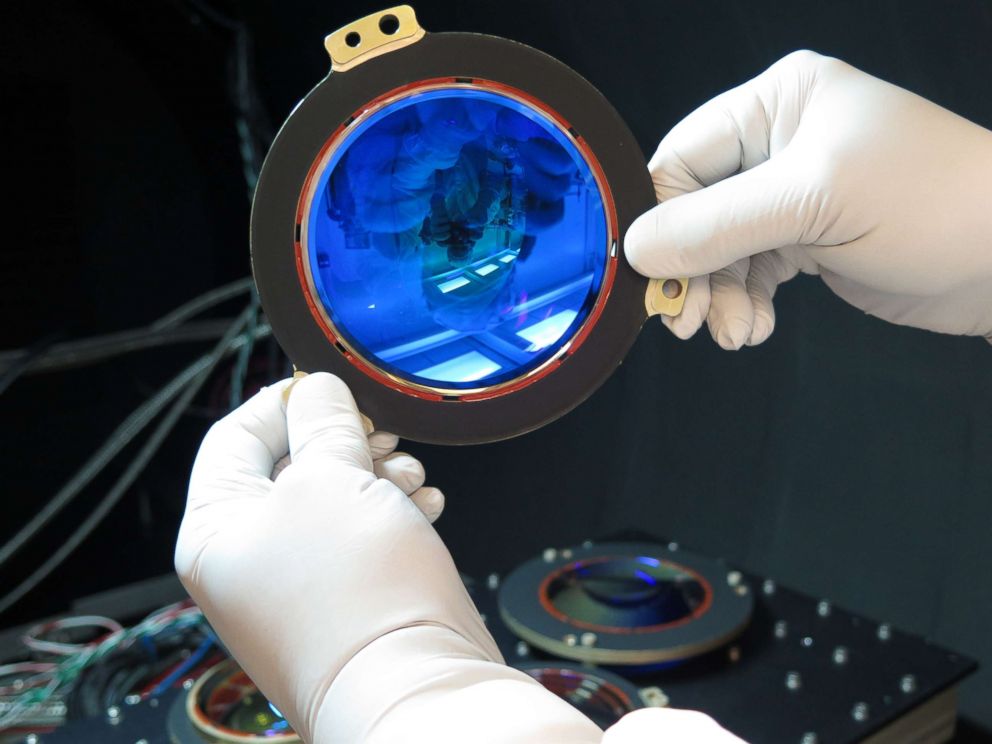
What would be the dream discovery for TESS?
An Earth-sized planet that has survived the life cycle of the star it orbits and is orbiting a white star. It’s an elusive discovery for astronomers.
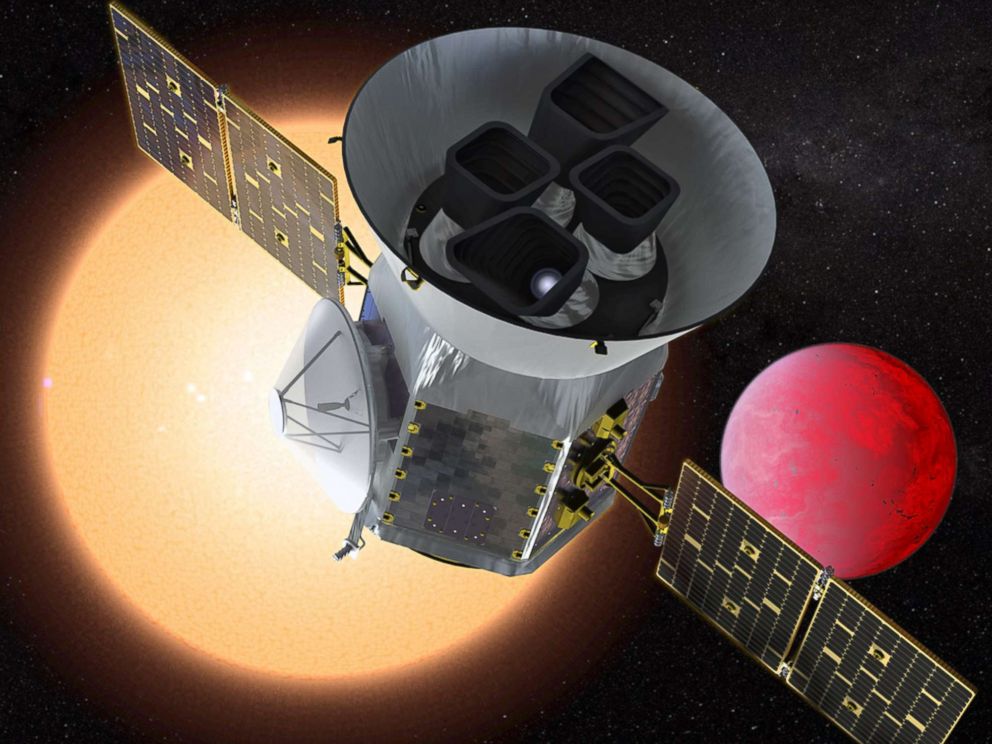
TESS is expected to find thousands of other planets during its two-year mission exploring the nearest and brightest stars in our galaxy to see if there are unknown worlds hiding in their light.
TESS is scheduled to launch on a SpaceX Falcon 9 rocket from Cape Canaveral Monday at 6:32 p.m. ET.




